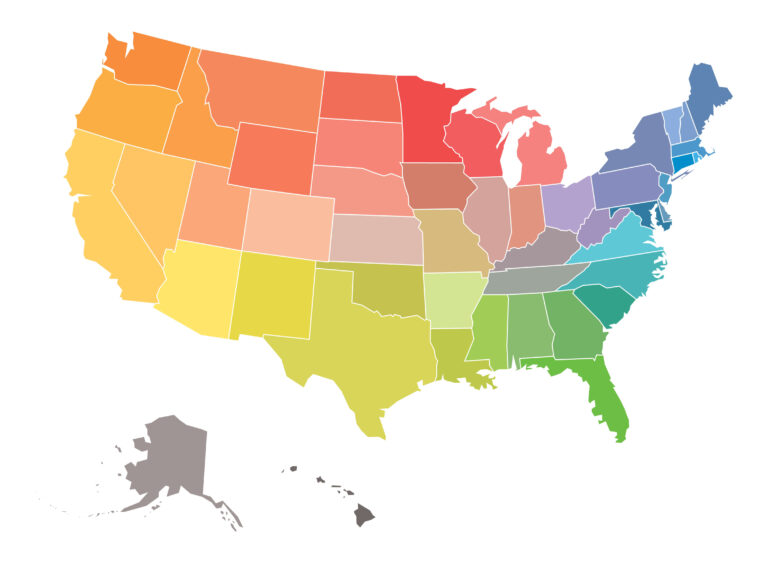The Problem with 3 Common Autism Labels

Table of Contents
Common Autism Labels: Why We Should Move Away from “Asperger’s,” “Low-Functioning,” and “High-Functioning”
Before we talk about where to begin after your child’s diagnosis, I want to pause and talk about something that’s just as important—the words we use for our kids.
As parents, we know our children are so much more than a checklist of traits or a label on a report. The language we choose shapes how the world sees them, and more importantly, how they see themselves. That’s why I want to start here—making sure the words we use honor their individuality, celebrate their strengths, and leave space for them to grow.
When your child is first diagnosed with autism, you’ll probably hear a lot of common autism labels—Asperger’s, high-functioning, low-functioning. They might come from older reports, relatives, or even well-meaning friends. At first, these common autism labels can seem helpful. They feel like a shortcut to understanding where your child “fits.”
ℹ️ If your child was recently diagnosed, you might also find my post on 5 first steps for parents after an autism diagnosis helpful—it walks through where to begin once the label is given.
But here’s the truth: these labels often do more harm than good.
Why “Asperger’s” Is No Longer Used in Diagnoses
Until 2013, Asperger’s Disorder was a separate diagnosis. Now, the medical community uses the term Autism Spectrum Disorder (ASD) for everyone on the spectrum.
This change happened because research showed there wasn’t a clear medical boundary between Asperger’s and other forms of autism—they are part of the same spectrum.
There’s also an important historical reason: Hans Asperger, the doctor the term is named after, was connected to unethical practices in Nazi-era Austria. Many in the autistic community now choose not to use the term for that reason.
More information : The history of the birth of a diagnosis
This is a good reminder that even some common autism labels carry painful histories, which is why families and advocates are moving away from them.
Why Autism Is Called a Spectrum
Autism is called a spectrum because it isn’t one single, uniform condition—people can experience it in many different ways, with a wide range of strengths, challenges, and support needs.

Image from CorticaCare.com
The “spectrum” covers differences in:
• Communication — from being non-speaking to being highly verbal but still struggling with social cues
• Social interaction — from avoiding eye contact to enjoying socializing but finding it exhausting
• Sensory processing — from being very sensitive to sound/light to seeking out strong sensory input
• Thinking and learning styles — from needing daily living support to thriving independently
• Special interests — from intense hobbies to broader, shifting curiosities
So instead of leaning on common autism labels like “high-functioning” vs. “low-functioning” (which can be misleading), the spectrum shows that autism is a range of traits and experiences—and every autistic person’s profile is unique.
The Problem with “High-Functioning” and “Low-Functioning”
The terms high-functioning and low-functioning might seem like they describe how “capable” a person is. But they oversimplify and can be misleading.
• “High-functioning” can hide a child’s real struggles. They might speak well and get good grades, but still have huge challenges with sensory overload, anxiety, or daily living skills.
• “Low-functioning” can underestimate a child’s abilities. A child who is non-speaking or needs a lot of support might still have strong problem-solving skills, creativity, or deep knowledge in certain areas.
There are perfect examples of how common autism labels don’t tell the whole story. Instead of putting kids into “high” or “low” boxes, it helps so much more when we describe their real support needs. For example:
• “My child needs help with communication but is very independent with self-care.”
• “My child thrives in quiet settings but struggles in large groups.”
For my own son, common autism labels never tell the whole story. He cries when emotions feel too big for him to process, and loud noises or unexpected changes can easily overwhelm him. He also struggles with anxiety – yet at the same time, he’s thriving academically at school. Because of that, some of his challenges are often overlooked, even though they’re very real. By describing his actual needs instead of relying on common autism labels, I’ve found that teachers, therapists, and even family members can better understand how to support him – seeing both his strengths and his struggles.
Why Language Matters
The words we use shape how others see our kids – and how our kids see themselves. When we avoid outdated or limiting common autism labels, we make space for our children to grow without being defined by someone else’s idea of what they “should” be able to do.
Bottom line: Autism is a spectrum, not a set of boxes. Every child is unique, and our language should reflect that. Let’s choose words that describe their needs and strengths – not those common autism labels that limit them.
*Definition of Spectrum from Oxford Language
a band of colors, as seen in a rainbow, produced by separation of the components of light by their different degrees of refraction according to wavelength.





